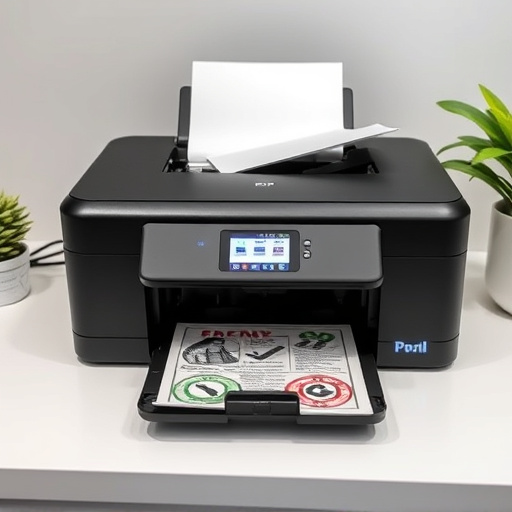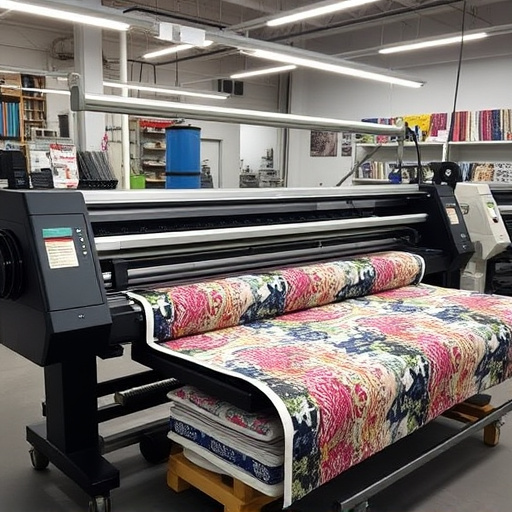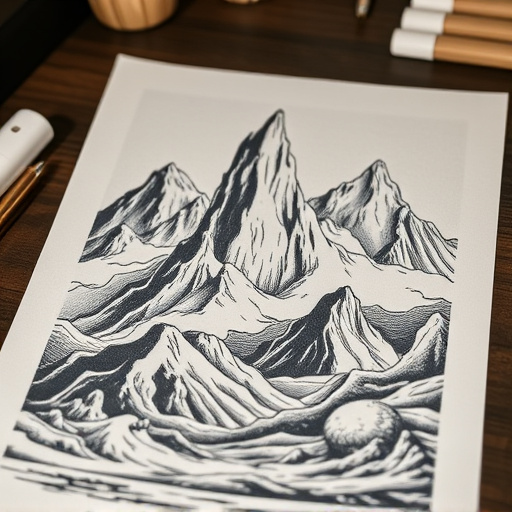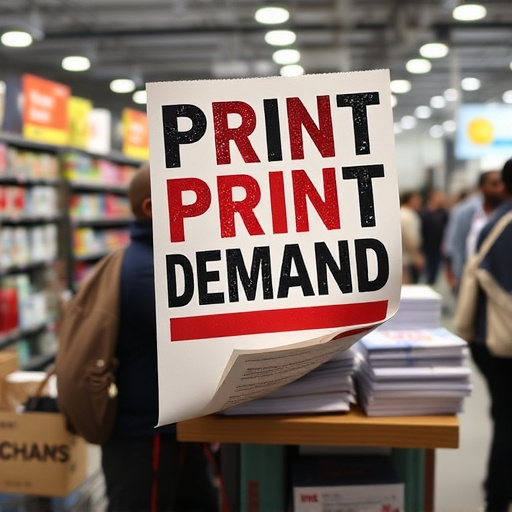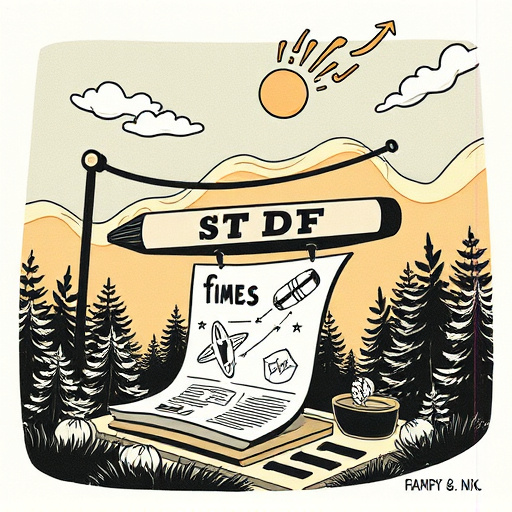DTF cotton printing, using Direct-to-Film (DTF) technology, offers vibrant colors and swift turnaround times for decorating cotton fabrics. To avoid common pitfalls like poor image quality or "cold peel," printers should invest in high-quality DTF materials and calibrate equipment according to manufacturer guidelines. By mastering this modern heat transfer technique with optimal settings and resolution, graphic designers can produce exceptional branded apparel, transforming customization with fast, versatile, and consistent printing on various fabrics.
In the realm of textile printing, Direct-To-Fabric (DTF) cotton printing has emerged as a game-changer, offering vibrant, durable designs on demand. However, navigating this technology comes with its share of pitfalls. This article delves into the art and science of DTF cotton printing, equipping readers with essential knowledge to avoid common mistakes. From pre-press preparation to post-print processes, we explore best practices to ensure longevity, quality, and success in your fabric printing endeavors.
- Understanding DTF Cotton Printing and Common Pitfalls
- – Definition of Direct-To-Fabric (DTF) cotton printing
- – Benefits and applications of DTF technology
Understanding DTF Cotton Printing and Common Pitfalls
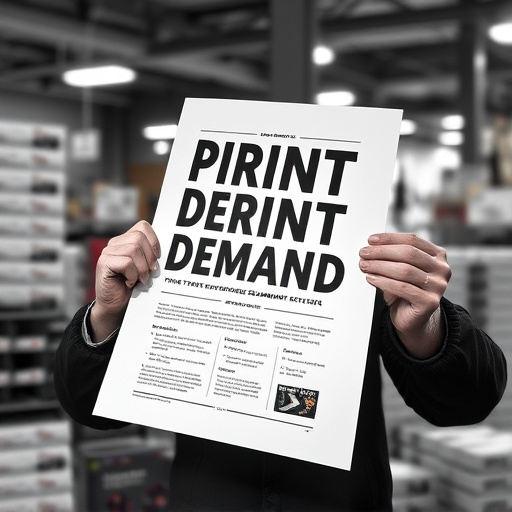
DTF Cotton Printing, or Direct-to-Film (DTF) printing, is a popular method for applying designs to cotton fabrics. It involves transferring ink directly from a film to the fabric using heat and pressure. While this technique offers numerous advantages, such as vibrant colors and fast turnaround times, it’s not without its pitfalls.
Understanding these common mistakes can help printers and designers avoid disappointing results. One of the most frequent issues is improper preparation of the DTF transfers. Using subpar films or incorrectly setting the printer can lead to poor image quality, with details either too light or completely missing. Additionally, incorrect heat and pressure settings during the transfer process cause what’s known as “cold peel,” where the design doesn’t adhere well to the fabric, resulting in a flimsy, easily removable print. To ensure success, printers should invest in high-quality DTF materials and calibrate their direct to film printers accurately, following manufacturer guidelines for optimal heat and pressure settings.
– Definition of Direct-To-Fabric (DTF) cotton printing
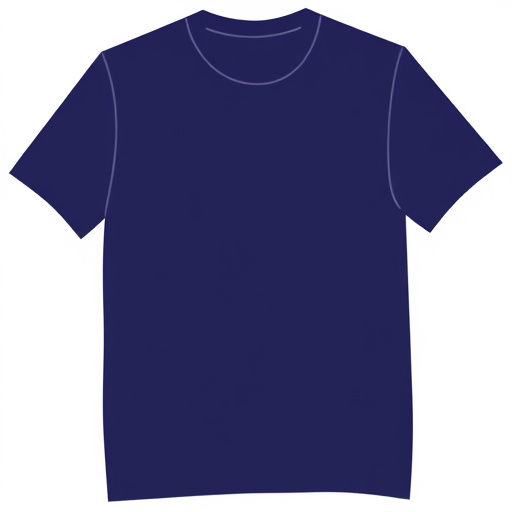
Direct-To-Fabric (DTF) cotton printing is a cutting-edge method that allows artists and designers to apply intricate, high-quality designs directly onto fabric using heat transfer technology. Unlike traditional printing methods that involve ink and a press, DTF utilizes custom sheets that are heated to fuse the design into the fabric fibers, resulting in vibrant, long-lasting colors and detailed prints. This technique is particularly popular for creating custom T-shirts, as it offers unmatched versatility and allows for unique, personalized designs.
Whether you’re a professional graphic designer or an enthusiast looking to start your own line of branded apparel, understanding DTF printing fundamentals is crucial. By avoiding common mistakes such as improper design resolution, inadequate heat press settings, and using subpar materials, you can ensure that your DTF cotton printing projects turn out flawlessly. Additionally, investing in high-quality custom sheets for heat pressing designs onto garments will significantly enhance the overall quality of your final products.
– Benefits and applications of DTF technology
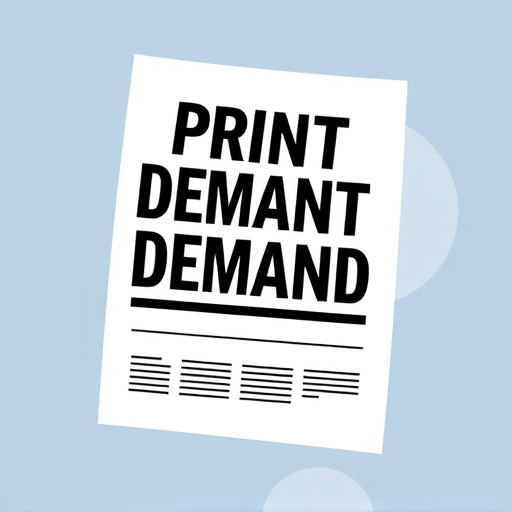
Direct to Fabric (DTF) cotton printing is a game-changing technology that has revolutionized the custom apparel industry. It offers a cost-effective and efficient method for creating high-quality, personalized designs directly on cotton fabrics, enabling businesses to produce custom t shirts with intricate details and vibrant colors in a matter of minutes. The benefits are numerous; DTF printing allows for a wide range of design possibilities, from simple text to complex graphics, making it an ideal choice for small batch production, prototypes, or even one-off creations.
This technology streamlines the printing process, eliminating the need for traditional plate preparation and making it a versatile option for various applications. Whether it’s branded merchandise, fashion designs, or promotional items, DTF cotton printing enables businesses to offer fast turnaround times without compromising on quality. With the right dtf heat transfer paper and best dtf printer, brands can ensure consistent, crisp prints on a variety of fabrics, catering to diverse customer demands for custom apparel.
In conclusion, DTF cotton printing offers a dynamic way to create unique textile designs with precise detail and vibrant colors. By understanding the fundamentals and common mistakes to avoid, such as improper ink selection, surface preparation, and cure times, printers can maximize the potential of this technology. Staying informed about best practices ensures high-quality prints that deliver exceptional results for various applications, solidifying DTF cotton printing’s place in the modern textile industry.







